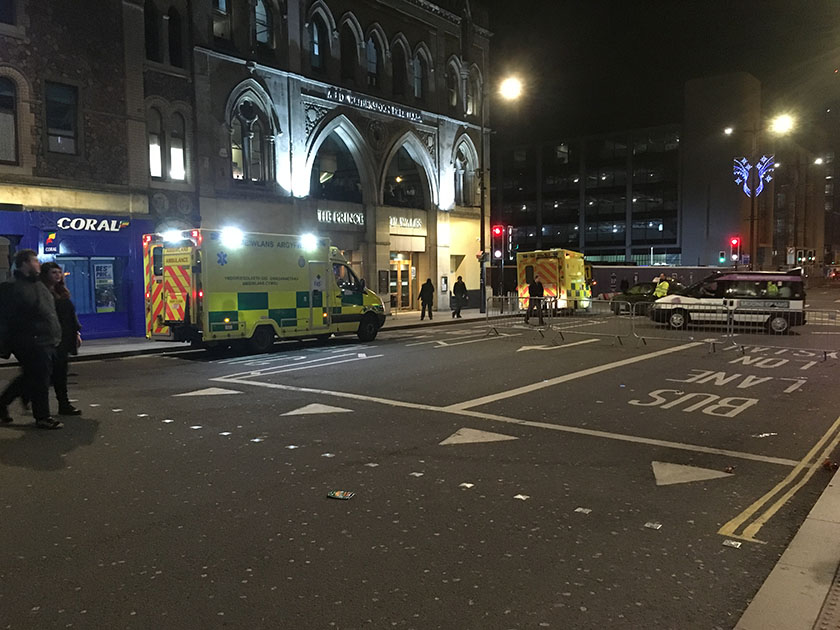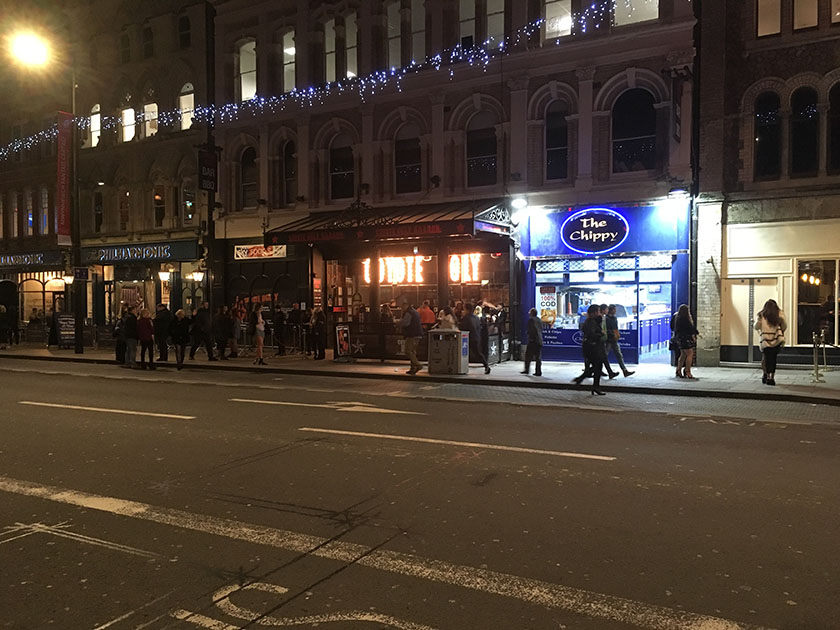After a recent survey suggested many Cardiff residents (including 51% of women and 55% of the disabled) didn’t feel safe in the city after dark, the Council laid out its plans for improving the night-time economy over the next five years.

Cardiff’s city centre has become a hotspot for alcohol-related crime and disorder.
“We want to make Cardiff a safe, welcoming place to come at night,” said Joseph Reay, Head of Performance and Partnerships. “There is still a perception that Cardiff is quite single track, and only offers night-time activity to a single group of people.”
Joseph believes the heart of the problem is the lack of alternatives available in Cardiff’s nightlife.
He said: “What it really comes down to in terms of perception is to diversify the entertainment on offer. It’s to find ways of getting a different type of person into the city centre and changing the balance.”

St Mary Street is dominated by bars and clubs, with limited diversity of entertainment.
Many efforts are ongoing in the city centre to help reduce the levels of drunken crime, including the provision of breathalysers for shops and bars to use on their customers. According to Steph Kendrick-Doyle, the Regional Cohesion Community Co-ordinator, they have already proven an inspired idea.
“Public Health Wales have told us that door staff are finding them [breathalysers] a really useful tool,” said Steph. “The feedback to us is that it actually reduces tension on the door and means that people can say ‘look, this is proof you’re too drunk to come in.’”
Other key parts of the report include the Safe Taxis scheme, which allows cash-strapped students to get home; the creation of late-night ‘safe spaces’; and the introduction of a dedicated waste team focusing directly on business frontages.
“There’s evidence and research to show that the condition of the surrounding environment does affect citizen’s behaviour”, added Steph, “so the look and feel of the city really does have an impact.”
